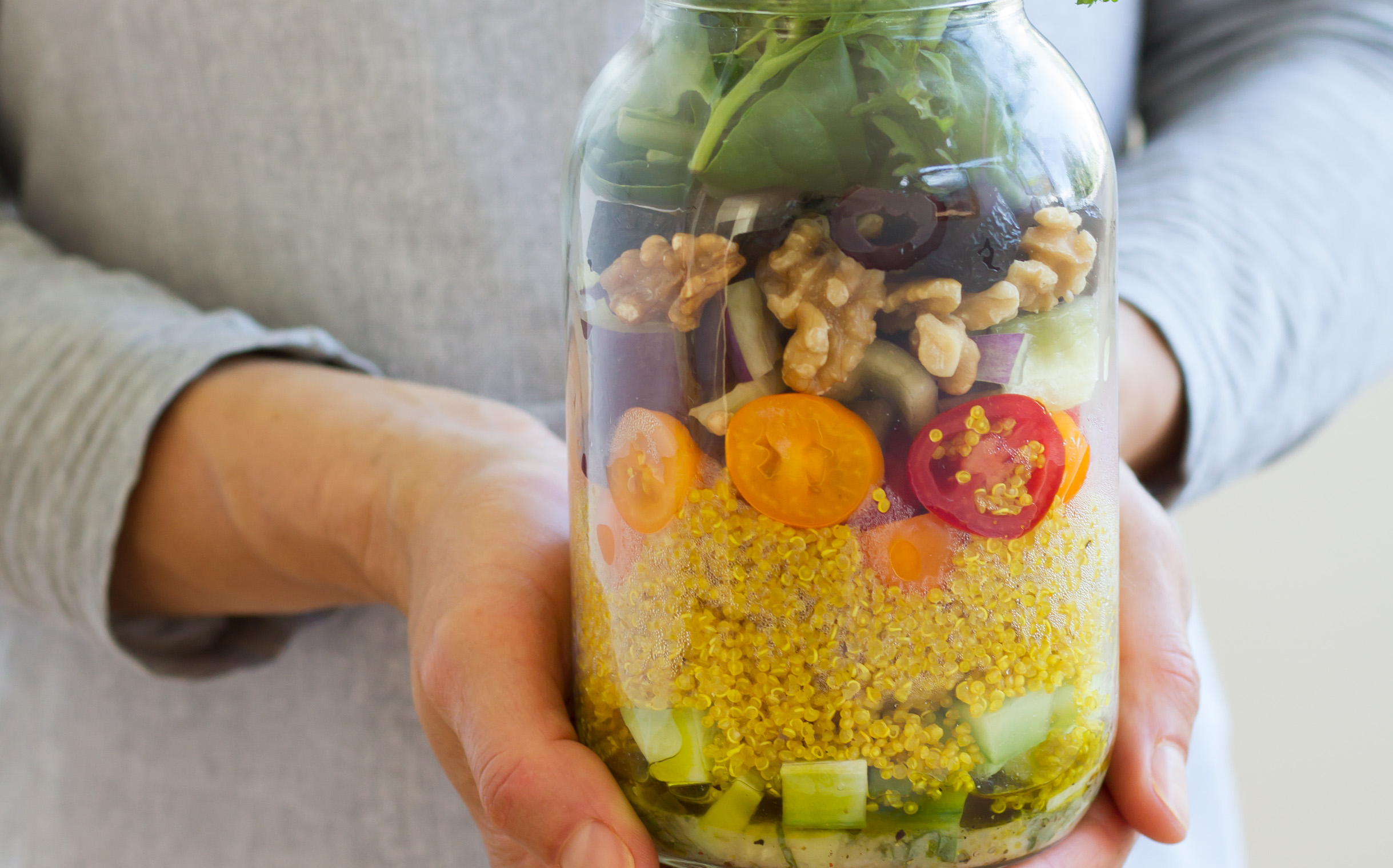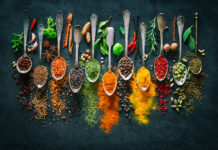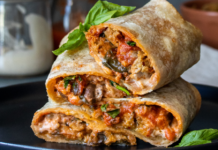Drawing from the wisdom of Bruce Lee, life’s essence is woven from the threads of time, each moment a treasured building block. As we navigate the intricate landscape of nutrition and its synergetic relationship with our active lifestyle, we uncover a powerful strategy that can re-define how we approach peak performance. This strategy involves the precise timing of nutrients—carbohydrates, proteins, and fats—before, during and after exercise. This deliberate orchestration of nutrients can reshape not only your athletic performance but also your overall vitality, recovery and results.
MASTERING NUTRIENT TIMING FOR PEAK PERFORMANCE
Nutrient timing is a science that goes beyond what you eat;
it’s about when you eat it. The concept revolves around consuming specific nutrients at specific moments to harness their potential to the fullest. This strategic alignment can support tissue repair, energy restoration, muscle growth, and overall athletic gains. Conversely, neglecting the power of nutrient timing can leave your training efforts lacking.
Although this idea might seem complicated at the beginning, I want to assure you that it’s well within your ability to understand and implement. Keep reading to gain a deeper understanding of the concept, explore the simple meal suggestions, and apply this knowledge to achieve exceptional results.
Remember, nutrient timing is a flexible strategy, adaptable to your preferences and workout routines. Experiment with these suggestions, listen to your body, and fine-tune your approach to find what works best for you.
Navigating the Three Phases of Nutrient Timing
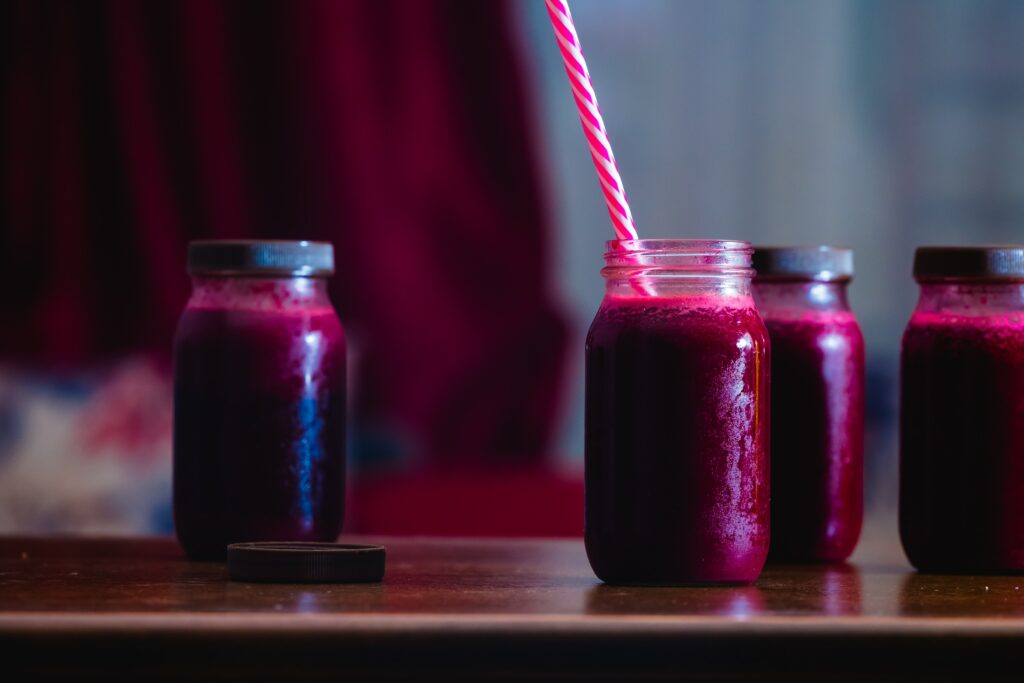
BEFORE A WORKOUT
Why eat? Supply the necessary energy to sustain physical efforts during the training session.
What to eat? To ensure your body is well-fuelled before exercise, opt for easily digestible meals that are rich in simple unprocessed carbohydrates. Depending on the type of activity you are partaking in a hint of protein and healthy fats could be added.
- Fresh fruit is the most convenient pre-workout food that comes straight from the earth. Plus, fruit is easily digestible and a great on-the-go option.
- Dates with almond butter is a great pairing of high-glycemic, easily digestible carbs and healthy fats that give you both immediate and sustained energy. Plus, it tastes delicious.
- Beet juice is rich in nitrates, so drinking it pre-workout will help facilitate more nitric oxide production within the body. That means you’ll be able to power through a workout more efficiently.
When to eat? Aim to consume your pre-workout snack 30–60 minutes before your exercise session.
DURING A WORKOUT
Why eat? Replacing lost fluids and electrolytes to prevent dehydration and cramping, sustaining energy levels and protecting muscle tissue.
What to eat? For longer or more intense workouts, keep your body hydrated with clean, electrolyte-rich beverages. If your session demands, consider easily digestible sources of carbohydrates such as:
- Coconut water with a pinch of unrefined sea salt.
- A homemade electrolyte drink made with chia seeds, lemon juice, filtered water and a touch of raw agave nectar.
- Energy gels containing natural sugars (e.g., dates) and essential electrolytes are a good option for workouts lasting 90+ minutes.
When to eat? Consume fluids and quick-energy sources every 10 to 15 minutes during exercise, adapting to factors like heat and intensity.
IMMEDIATE POST-WORKOUT REFUEL
Why eat? Optimizing glycogen recovery, facilitating muscle repair, and supporting immune function.
What to eat? Aim for a balanced ratio of carbohydrates to protein, between 3:1 and 4:1, to replenish glycogen stores and promote muscle recovery. Choices include:
- A post-workout smoothie with banana, kale, hemp seeds, and coconut water.
- Baked sweet potato with a drizzle of tahini and sprinkle of cinnamon.
- A simple homemade energy bar made with whole food ingredients like dried fruits sprouted nuts or seeds, and some superfoods that support recovery such as maca or turmeric.
When to eat? Consume your post-workout refuel within 15 to 60 minutes after exercising to maximize nutrient absorption.
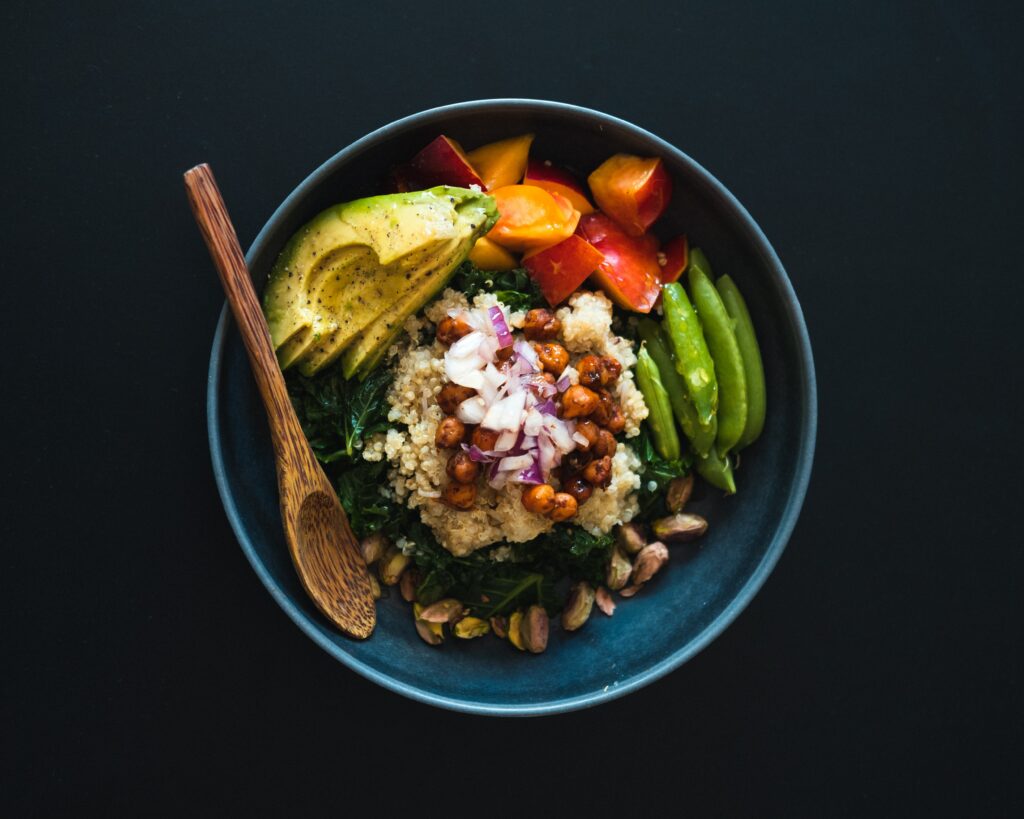
ONE TO THREE HOURS AFTER A WORKOUT
Why eat? Supporting tissue repair, and muscle growth, reducing inflammation and promoting overall well-being.
What to eat? Craft a balanced, nutrient-rich meal comprising complex carbohydrates, easily digestible protein, and healthy fats. Consider
these options:
- Quinoa salad with mixed vegetables, chickpeas, and a tahini lime dressing.
- Red lentil dhal and a side of brown rice.
- A smoothie bowl topped with chia seeds, hemp hearts, and sliced fruit.
- Superfoods that support recovery such as maca or turmeric.
Photography: Nikki Lefler
You may also like: How to Beat Those Potato Chip Cravings

Read This Story in Our 2023 Fall Fitness & Food Issue
Featuring this year’s winners of the Amazing Race Canada, Ty Smith and Kat Kastner on our cover. Inside our latest issue, you’ll find all the inspiration you need to carry you through the autumn season. From delicious high-protein recipes and how to resist the crunch of potato chips to running through the high peaks of the Colorado Rockies and the latest in nutrition and fitness, these pages are packed with expert knowledge and advice.

